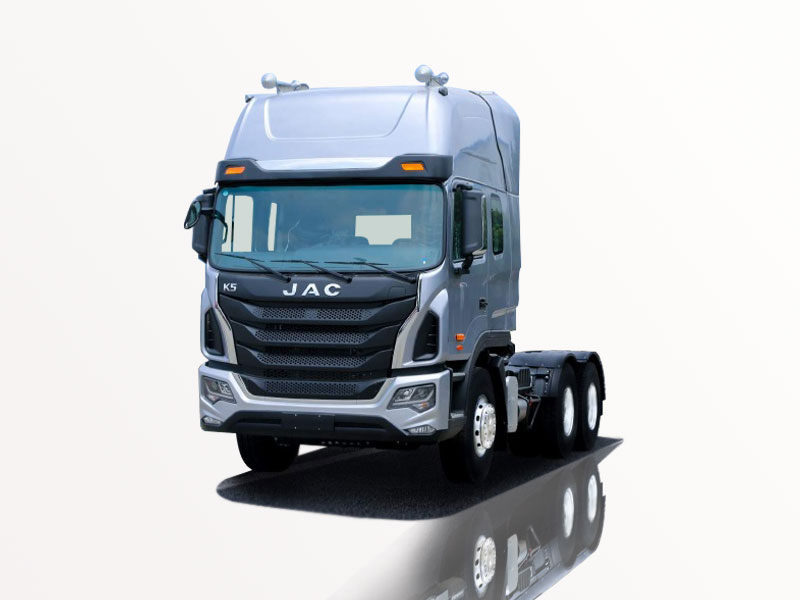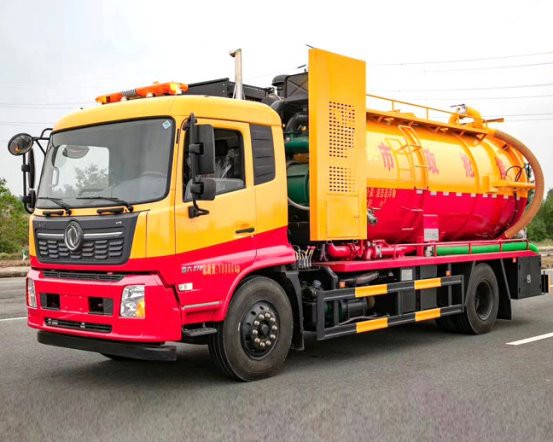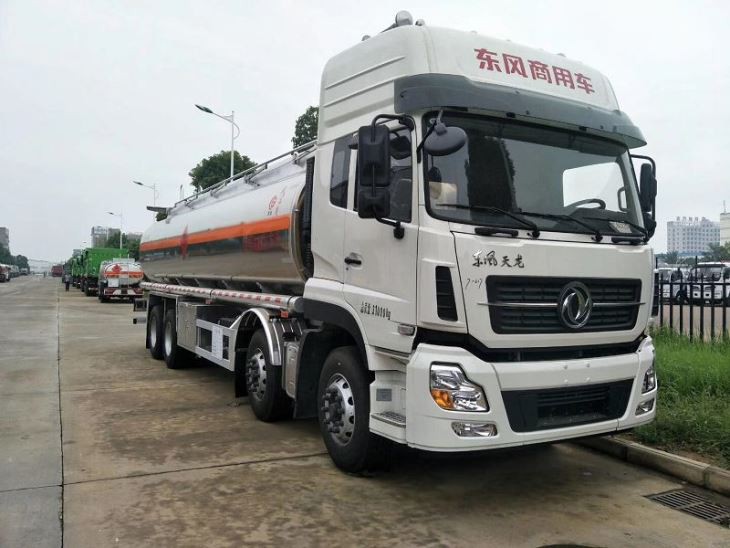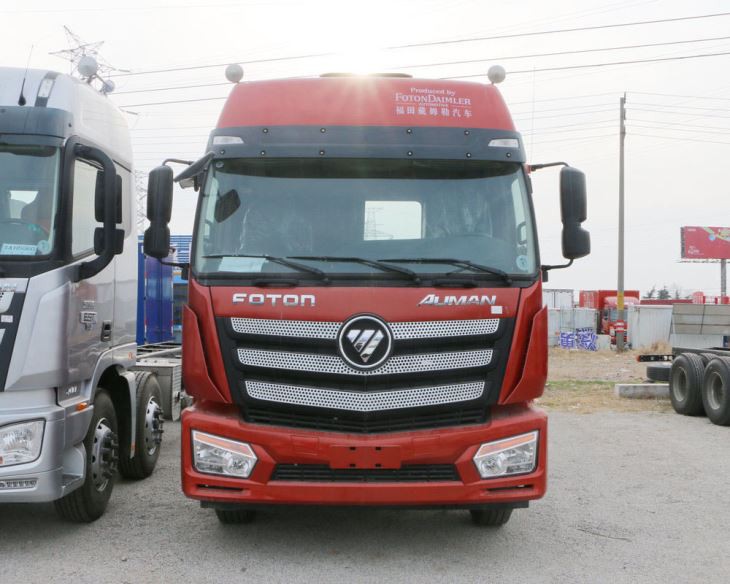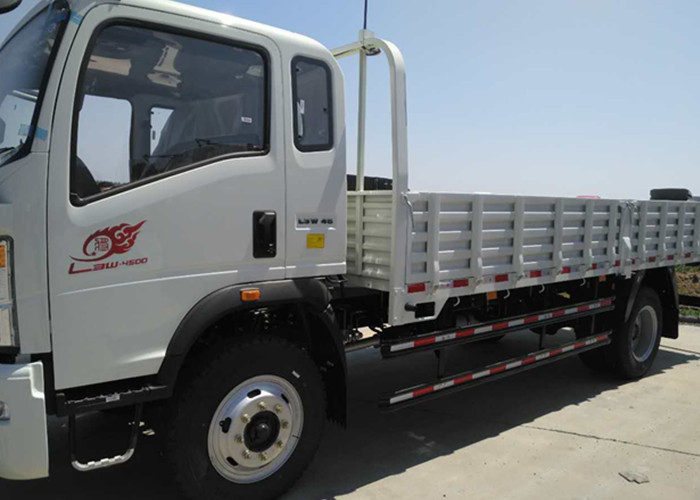Offroad bucket trucks are essential vehicles designed to tackle rugged terrains while providing aerial access for maintenance, construction, and utility jobs. Their unique features allow them to operate effectively in areas where traditional trucks would struggle. In this article, we’ll explore everything you need to know about offroad bucket trucks, from their design and applications to maintenance techniques and buying tips.
What are Offroad Bucket Trucks?
Offroad bucket trucks are specialized equipment that combines the functionality of a bucket truck with offroad capabilities. These vehicles typically have enhanced suspension systems, rugged tires, and reinforced frames that enable them to traverse uneven and challenging landscapes. Offroad bucket trucks are commonly used in sectors such as telecommunications, electrical utilities, forestry, and construction where access to remote locations is crucial.
The Design of Offroad Bucket Trucks
The design of offroad bucket trucks is tailored to meet the demands of working in less accessible areas. Key features typically include:
- Aerial Lift: A hydraulic boom that extends vertically and horizontally to provide reach.
- Chassis: A heavy-duty chassis capable of handling rough terrains.
- All-Terrain Tires: Tires that provide traction on mud, gravel, sand, and uneven surfaces.
- Power Source: Diesel engines are common, but alternatives like hybrid engines are becoming available.
Common Types of Offroad Bucket Trucks
| Type | Features | Applications |
|---|---|---|
| Telescopic | Long reach, minimal footprint | Utility maintenance |
| Articulating | Flexible boom joint for maneuverability | Tree trimming, construction |
| Track-Mounted | Stability on steep gradients | Forestry, steep terrain work |
Applications of Offroad Bucket Trucks
Offroad bucket trucks serve various industries, each with specific requirements. Here are some key applications:
1. Electrical Maintenance
Utility companies often use offroad bucket trucks to reach high electrical lines located in rugged terrains. These trucks ensure safety and efficiency when conducting repairs and inspections.
2. Telecommunications
Telecom companies rely on offroad bucket trucks for installing and maintaining cell towers in remote areas, guaranteeing connectivity in underserved regions.
3. Tree Care and Forestry
Tree trimming and removal services utilize offroad bucket trucks to access areas where traditional vehicles cannot go, allowing for better management of forests and urban green spaces.
4. Construction Projects
In construction, offroad bucket trucks assist with tasks such as building installations, lighting setups, and more, especially in hilly or uneven terrains.
Important Features to Consider
When selecting an offroad bucket truck, consider the following features to ensure you choose the right vehicle for your needs:
Payload Capacity
The payload capacity is crucial if you plan to carry additional equipment or materials. Make sure to select a vehicle that can handle your operational requirements.
Height and Reach
Depending on the applications, the required height and reach of the bucket truck will differ. Assess the working heights required for your tasks before making a decision.
Stability and Safety Features
Features like outriggers and stabilizers enhance the safety and stability of the truck when in use. Look for trucks that offer additional safety measures such as load weight indicators and emergency stop buttons.
Maintenance of Offroad Bucket Trucks
Regular maintenance is essential to keep offroad bucket trucks operating efficiently. Consider the following maintenance tips:
Routine Inspections
Regular inspections of the hydraulic systems, electrical systems, and the integrity of the boom are crucial for safe operating conditions. Documenting these inspections helps ensure compliance with safety standards.
Tire Checks
Inspect the offroad tires for wear and tear regularly, as they play a significant role in the vehicle’s ability to navigate rough terrains. Maintain proper air pressure to extend tire life and improve performance.
Fluid Levels
Keep an eye on the fluid levels in the hydraulic system, engine oil, and coolant. Regular oil changes will also contribute to the longevity of the vehicle.
Buying Tips for Offroad Bucket Trucks
If you’re looking to purchase an offroad bucket truck, consider the following tips to make an informed decision:
Evaluate Your Needs
Identify the specific tasks and terrains your truck will encounter. Your requirements will significantly influence the features you need in an offroad bucket truck.
New vs. Used Trucks
Weigh the pros and cons of purchasing new versus used offroad bucket trucks. New trucks come with warranties and the latest technology, while used trucks can offer significant savings.
Test Drive and Inspect
Always test drive potential purchases to assess performance. If buying used, have a qualified mechanic inspect the vehicle to identify any hidden issues.
Cost Considerations
The price of offroad bucket trucks can vary widely based on factors such as brand, specifications, and age. It’s essential to budget not only for the purchase price but also for maintenance costs, insurance, and potential modifications.
Average Price Range
| Condition | Average Price |
|---|---|
| New | $70,000 – $150,000+ |
| Used | $30,000 – $100,000 |
Future Trends in Offroad Bucket Trucks
The future of offroad bucket trucks is shaped by advancements in technology and changes in industry standards. Here are some trends to watch for:
Electrification
With a growing focus on sustainability, electric offroad bucket trucks are emerging, providing cleaner alternatives for jobs requiring aerial access in sensitive environments.
Telematics and Automation
Telematics systems are becoming standard, offering real-time data on vehicle performance. Automation in the form of advanced controls can make operation safer and easier.
Safety Innovations
Innovative safety features will continue to advance, ensuring higher standards for operation in hazardous environments. Expect enhancements in the design of fall protection systems and situational awareness technologies.
Frequently Asked Questions (FAQ)
1. What is the main advantage of using an offroad bucket truck?
The main advantage is the ability to access remote and rugged terrains where traditional vehicles cannot operate, enhancing efficiency and safety in various applications.
2. How high can offroad bucket trucks reach?
Most offroad bucket trucks can reach heights of 40 to 60 feet, while some specialized models can go even higher, accommodating various operational requirements.
3. Are there training requirements for operating offroad bucket trucks?
Yes, operators typically need specific training in aerial lift operation and safety protocols to ensure safe usage of these vehicles.
4. What maintenance is required for offroad bucket trucks?
Regular inspections, fluid checks, tire maintenance, and keeping the hydraulic system in proper working order are essential for maintaining offroad bucket trucks.
5. How do I choose between a new or used offroad bucket truck?
Consider your budget, warranty needs, and specific operational requirements to determine whether a new or used offroad bucket truck is right for you.
6. Can offroad bucket trucks be customized?
Yes, many manufacturers offer customization options, allowing buyers to configure the truck to meet specific operational requirements and preferences.
